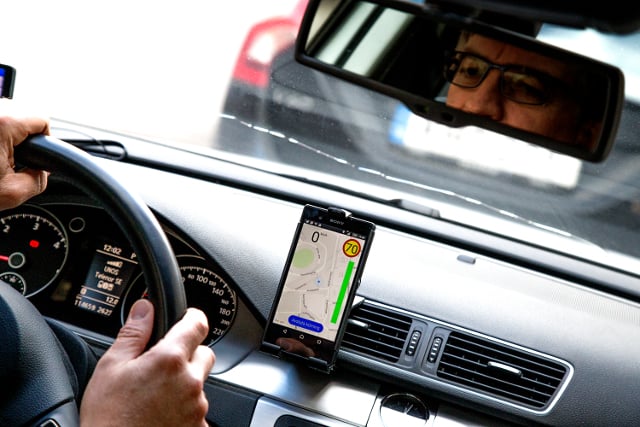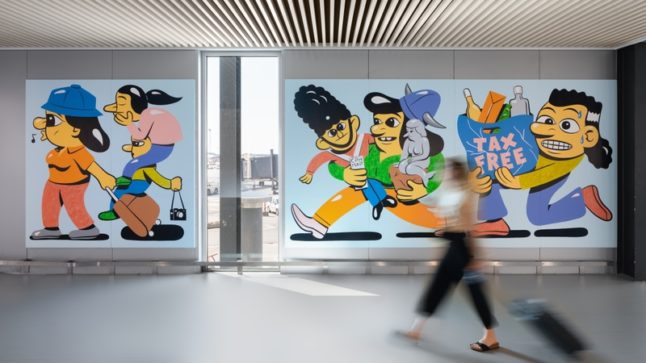The Swedish Transport Agency (Transportstyrelsen) every year recalls between 8,000 and 9,000 driving licences for medical reasons, including dementia, eye diseases and strokes.
More than 650,000 people aged 75 and above have a valid licence in Sweden, which unlike most EU countries does not have mandatory health checks for elderly drivers.
Instead, doctors are supposed to report their patients to the transport authority if they have an illness that makes them medically unfit to drive, but very few do. According to a recent report by Transportstyrelsen, for example, only 10-20 percent of dementia cases are reported.
Doctors may also decide not to report the patient's condition to transport authorities if he or she verbally agrees not to get behind the wheel.
“It is not a good system, and the exception makes it even shakier. But doctors have to comply more with the regulations. Tens of thousands of people become unfit for driving every year, and the doctors do not want to be the ones holding the axe. Often they have already diagnosed the patient with a disease that is not fun, and they then don't want to be even meaner. The doctor's name will also be in the legal report. Many patients get angry and change doctors,” Lars Englund, chief medical expert at Transportstyrelsen, told the TT newswire.
Transportstyrelsen last year launched an investigation into the current regulations to see if there is anything that can be done to tighten them.
“There are several ways we can do it. You could tighten the doctor's duty to report and you could introduce mandatory periodic checks. There are pros and cons of all system, and the information is vague. It is difficult to see what links there are between elderly people who drive with a medical condition and that actually hurting others in traffic,” said Englund.
Last week six people outside Tierp in central Sweden were injured after an 80-year-old man hit them with his car. According to the police the driver was blinded by bright light. On Tuesday a woman in her 90s died and two others were injured in Stockholm suburb Högdalen, after an 84-year-old woman hit the wrong pedal and reversed into them.
Englund emphasizes that many people are involved in traffic accidents without it being linked to age or health, but says the cases are typical for elderly drivers with medical conditions.
“Hitting the wrong pedal is a typical accident for someone who has a brain that is not healthy or a brain that is slow. Being blinded by the sun could be due to cataracts, as everything gets completely white when you're exposed to strong sunlight,” said Englund.
Infrastructure Minister Tomas Eneroth welcomed the Transportstyrelsen investigation.
“It is very serious when there are these kinds of accidents where elderly people are involved, and should it turn out that there is an over-representation of accidents caused by the elderly, I have to be prepared to act,” he told TT on Wednesday.
“At the same time we should remember that you can't say that elderly drivers are worse drivers in general. Most accidents are caused by younger drivers,” he added.
The Swedish Medical Association has previously been against tighter rules, but its president Heidi Stensmyren told Swedish radio on Wednesday: “There are now cases emerging that show there are flaws in the system and we then think it is reasonable to look into this.”
The Swedish National Pensioners' Organization (PRO) is against medical checks, but its president told the TT newswire she would accept an end to the controversial verbal agreements with doctors.
“I'm actually doubtful about those, you really need to follow it up then and add it to the medical records. If you have a condition that means you should not be driving, the doctor should report it. But I also want to point out that most accidents are caused by young men,” said Christina Tallberg.
The number of annual road deaths in Sweden has remained between 260 and 270 for the past three years. The tally of 2016 and 2013 was the lowest since the Second World War.
A total of 109 people died in traffic during the first six months of the year, according to Transportstyrelsen, 12 fewer than the same period last year.
Sweden's worst years were 1965 and 1966 when 1,313 people died in traffic accidents, back when there were around 1.5 million cars on the roads, compared to almost five million today.



 Please whitelist us to continue reading.
Please whitelist us to continue reading.